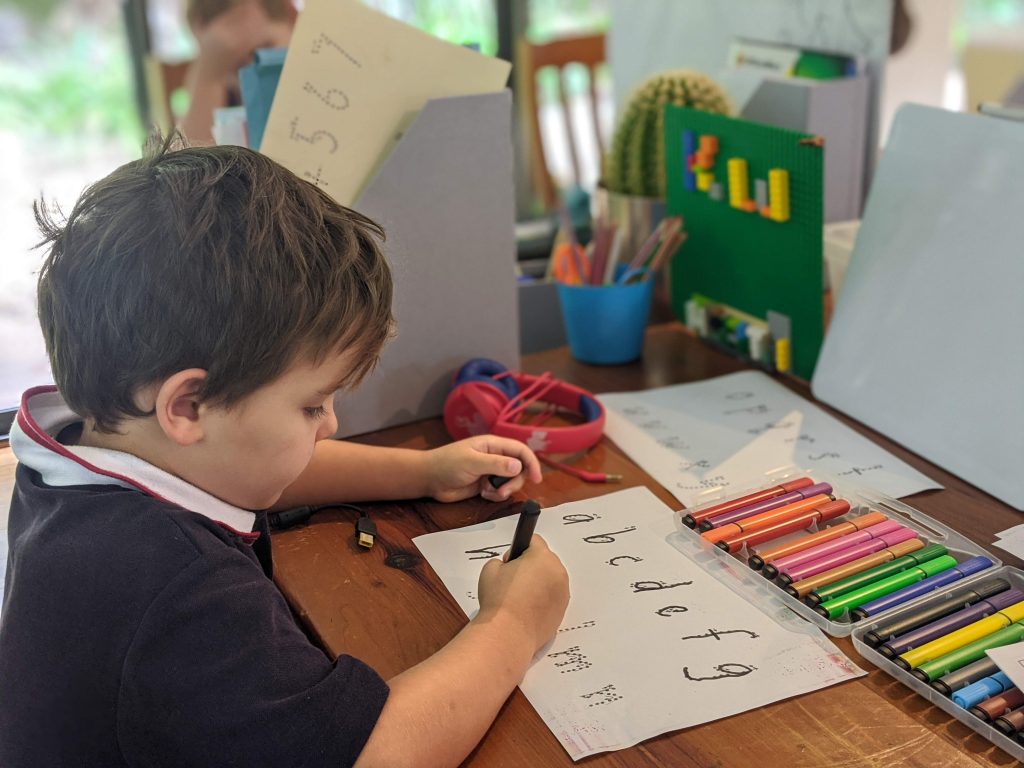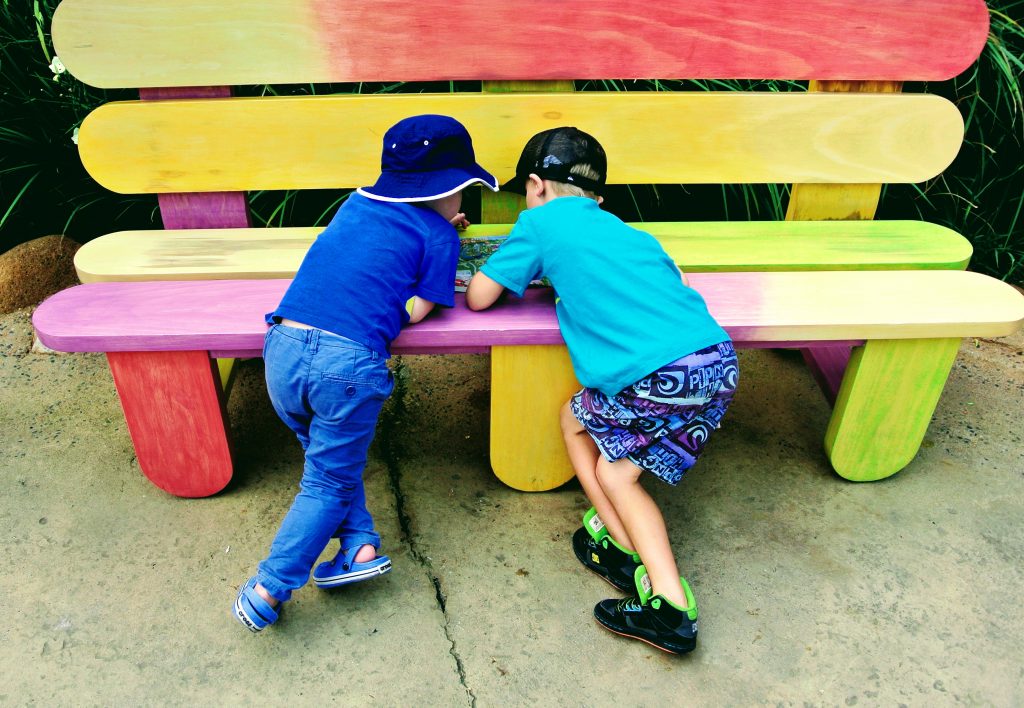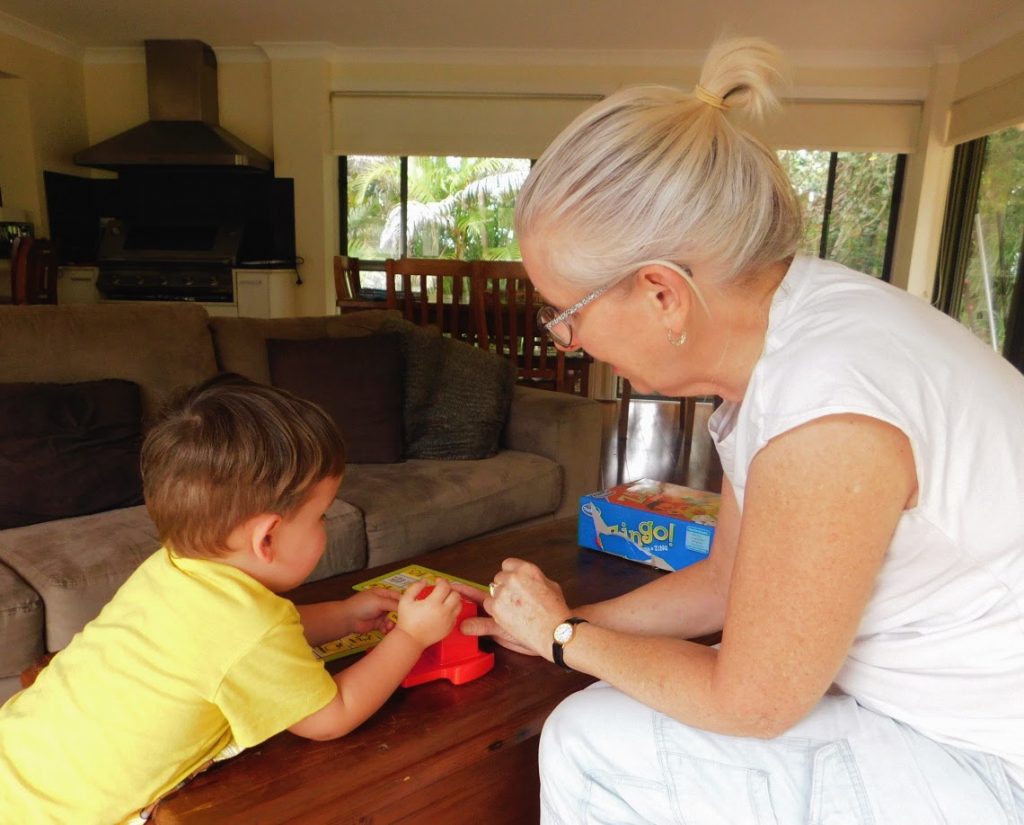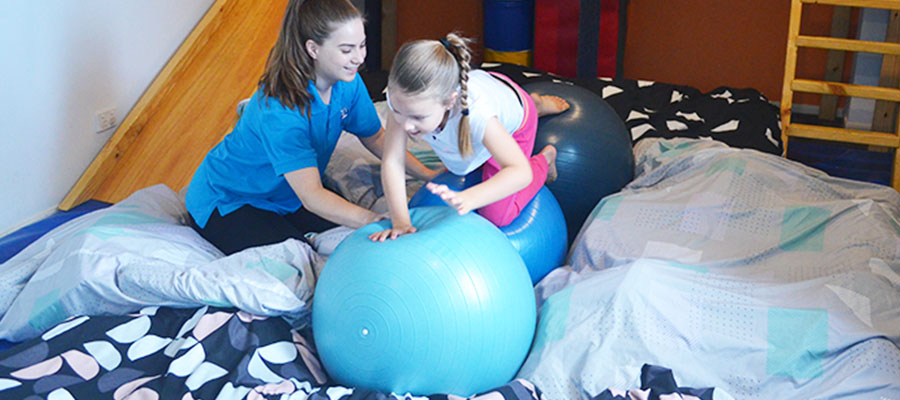Author: Zoe Gianduzzo, Paediatric Occupational Therapist
5 min read
The vestibular system is not well known and yet has a massive impact on your body and daily life. Unlike other sensory systems in the human body, the vestibular system has branches into all parts of the brain. It’s a powerful system that helps integrate many functions of the brain together. So what is it, really.“
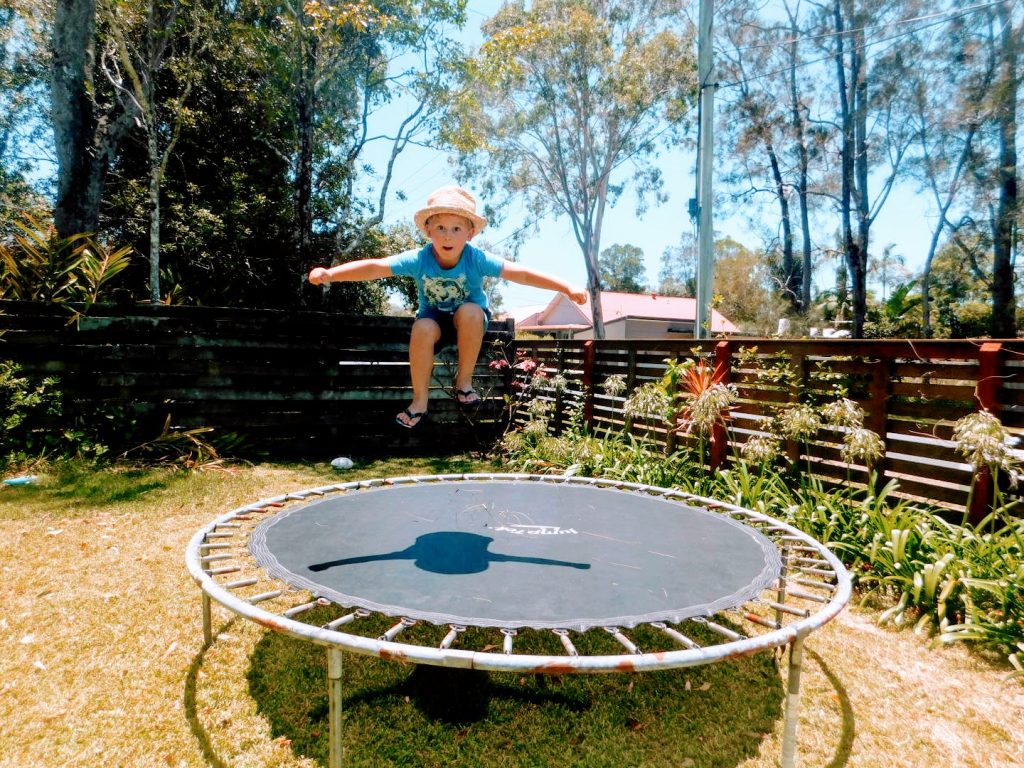
The Vestibular System:
Have you ever been on a boat and gotten sea sick? Or had an ear infection that’s caused you to experience vertigo? That’s your vestibular system! It’s located in your inner ear, right next to the auditory system. It processes movement in your body and where your head is in relation to gravity. It’s how you know how fast or slow you’re going and whether you’re upside down or right side up.
Why is it important?
The vestibular system impacts the whole brain. It helps with self-regulation, body awareness, gross and fine motor skills, focus and attention, and much more. If however, your body is unable to process vestibular information accurately, it can have a huge impact on your daily life.
What does my vestibular system do for me everyday?
- It helps you to move and walk. The vestibular system has branches into the cerebellum and the brainstem, which help keep your body up against gravity. Without this ability, your body would slump into gravity, making everyday tasks very difficult.
- It helps you to learn. Studies have shown that people learn best when they are moving, the vestibular system becomes alert and can help you integrate your learning more effectively. Information is best stored in your memory when you embody it. This is part of the reason why we fidget when sitting at a desk for too long – the body is trying to stay awake and learn! Incorporating movement breaks throughout the day, especially if you are at school or you work at an office desk, is essential in keeping your brain active and alert.
- Supports self-care and household chores – such as dressing yourself, washing your hair, sweeping the floor, or washing the dishes. This is due to the basal ganglia and cerebellum which help with refinement and precision of movements, often necessary for daily tasks. Next time you sweep the floor or wash your hair, pay attention to how much your head goes out of upright. It’s more than you think! Anytime our head moves, we need to be able to bring it back into an upright position; this takes a lot of processing in our brains.
- It helps you to navigate new environments. You are given a map of where you are in space which supports you in finding new places and remembering directions. This map is not just your environment, but also your body in relation to the environment around it. The auditory, visual, and proprioception systems also play a role in moving about space.
- Supports emotional regulation. The vestibular system has branches going into the thalamus – the sensory hub of the brain. Here your body sorts through and manages all incoming and outgoing sensory information. This becomes the basis for emotions; every emotion is a sensory experience and every sensory experience is an emotion. Your vestibular system is a key player in this.
- It can help you manage autonomic functions like blood pressure and heart rate variability. This is because your baroreceptors (sensors that manage blood pressure) activate anytime your head goes upside down, changing pressure in your blood vessels. Decreased blood pressure means decreased heart rate, meaning you are more likely to be regulated and feeling good in your body. So go ahead and hang upside down!
What does this mean for my child?
Your child needs to move, dance, crash, swing, run, bike, and more, in order to feel good in their body. Sometimes, it can be helpful to let your child get movement into their day first thing before doing any chores or homework. So if you have a swing or a trampoline in the backyard, use it! The vestibular system is so powerful in helping our bodies do the things they need to do. Check out our other articles on sensory diets and regulation for more information on how to make everyday life feel a little easier for your child.
Check out these resources for a more detailed explanation of the vestibular system. You can also talk to your occupational therapist for more information.
GET IN TOUCH
